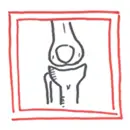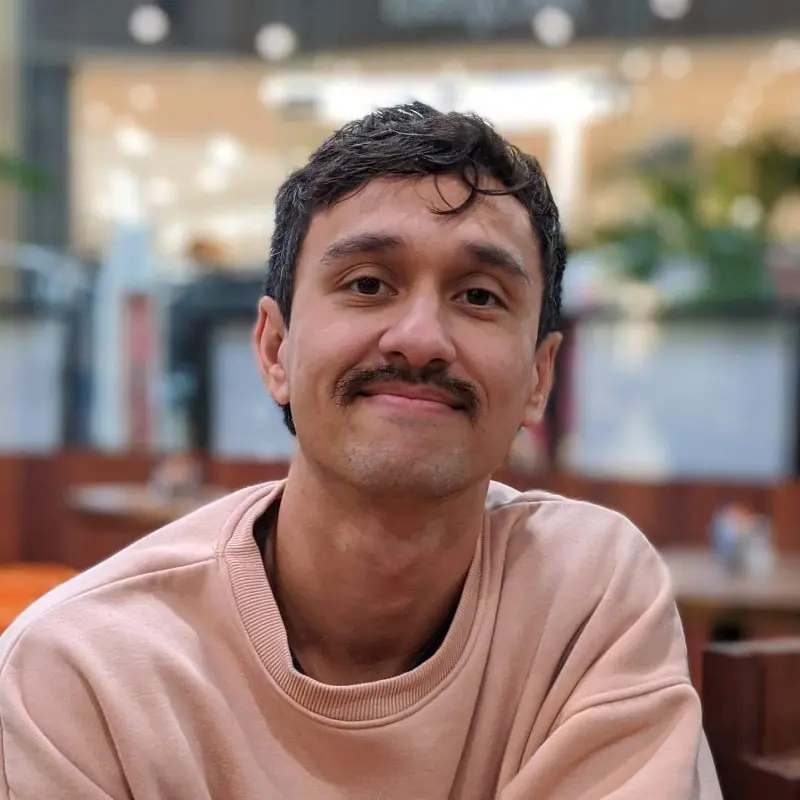
Osteochondroses is a condition that affects the epiphysis of bones. Pathology consists of localised area of ischaemic bone necrosis and oedema of adjacent soft tissue.
| Remember Osteochondroses result in avascular necrosis of the epiphyseal bone, similar to Perthes disease, but less common. In general osteochondroses is more troublesome than serious. |
Age effects usually 10-15 +/-
Clinical Feature Ache and muscle spasm +/- pain
Diagnosis Clinical + X-ray
Management Usually self-resolving (except slipped capital femoral epiphysis). Manage with streatching and NSAIDs
| TYPES OF OSTEOCONDRITIDES | ||
| Osteochonroses | Features | Treatment |
| Scheuermann's Condition | Increased kyphoses and mid/low thoracic back pain | Observe, reassurance, encourage exercise and standing straight. Physiotherapy can help. |
| Chondromalacia patellae | Pain in the knee or distal thigh and a limp | Resolves within 1-2 years. Quadricep stretch recommended |
| Osgood Sclatter condition | Pain and swelling over tibial tuberosity exacerbated by jumping or diret pressure (kneeling) | Resolves within 1-1.5 years. Quadricep stretch recommended |
| Sever Condition | Posterior heel pain with activity and shoe wear | Resolves 1 year. Calf stretch recommended |
| Normal development |
| Varus (birth-24 months) |
| Neutral (18-24 months) |
| Valgus (4-7 years) |
| Neutral/Slight Vulgus (7- adults) |
| Knock Knees (Venu Valrum) | Bow Legs (Genu Varum) | |
| Feature | Angular deformity at the knee where the apex of the deformity points toward the midline | Angular deformity at the knee where the apex of the deformity points away from the midline |
| Physiologic normal | Between ages 2-7 yo | <2 y0 |
| Investigate | <2years or >7years. Unilateral an/or symptomatic | > 2 years. Unilateral, gait abnormalities |
| Pathological | Fractures especially physeal fractures, rickets, skeletal dysplasia, neoplasms | Blount disease (cartilage disorder), rickets, skeletal dysplasia, trauma, infection, neoplasm |
| Treatment | Surgery usually required or treatment for systemic conditions | Surgery usually required or treatment for systemic conditions |
Overview Hip pain and problems are common in children and are caused by a variety of things. Children may present with knee pain, but actually hip problem in origin. This is due to referred pain from the hip to the knee, which is common.
| COMMON CAUES OF HIP PAIN IN CHILDREN | ||
| Condition | Features | Treatment |
| Transient synovitis of the hip | Cheif cause of hip pain in children. It is usually diagnosed by exclusion. | Observation, rest and analgesia |
| Perthes' disesae | 3-11 yo. Osteochondritis of the femoral head, secondary to avascular necrosis of the developing femoral head. More common in males (4:1), bilateral 15%. | Monitor, early arthritis. Surgery is inevitable |
| Slipped capital femoral epiphysis | 10-16 yo. Limp, usually in an overweight child (50%), commonly in males (3:1), bilateral 20%. The affected limb will be shorter and lies in external rotation. abduction is limited when hip is flexed and internally rotated | Surgery with screw fixation across the physis to prevent furtehr slip |
| Tubercular arthritis | 2-5yo and the elderly. Rare condition. All hip movements cause pain and hip spasm | Rest. Anti-tuberculosis drugs. +/- Arthrodesis |
Developmental Hip Dysplasia
More info on Congenital Hip Dysplasia
| Definition Scoliosis: lateral curvature of the spine (>10º of curvature). Typically accompanied by a degree of spinal column rotation. Idiopathic scoliosis: scoliosis with no definite etiology unlike neuromuscular, congenital, or syndromic types. |
Overview 80-85% of cases occur in adolescents (children over 10 years of age)
Investigations
PA standing spine radiograph
Management depends on degree of severity
More to come
| Remember Rules of 2's for fracture: 2 views: AP and lateral, 2 joints: above and below- exclude dislocation, 2 times: ensure fracture not shifted after 1 week, 2 sides: contralateral side for comparison |
